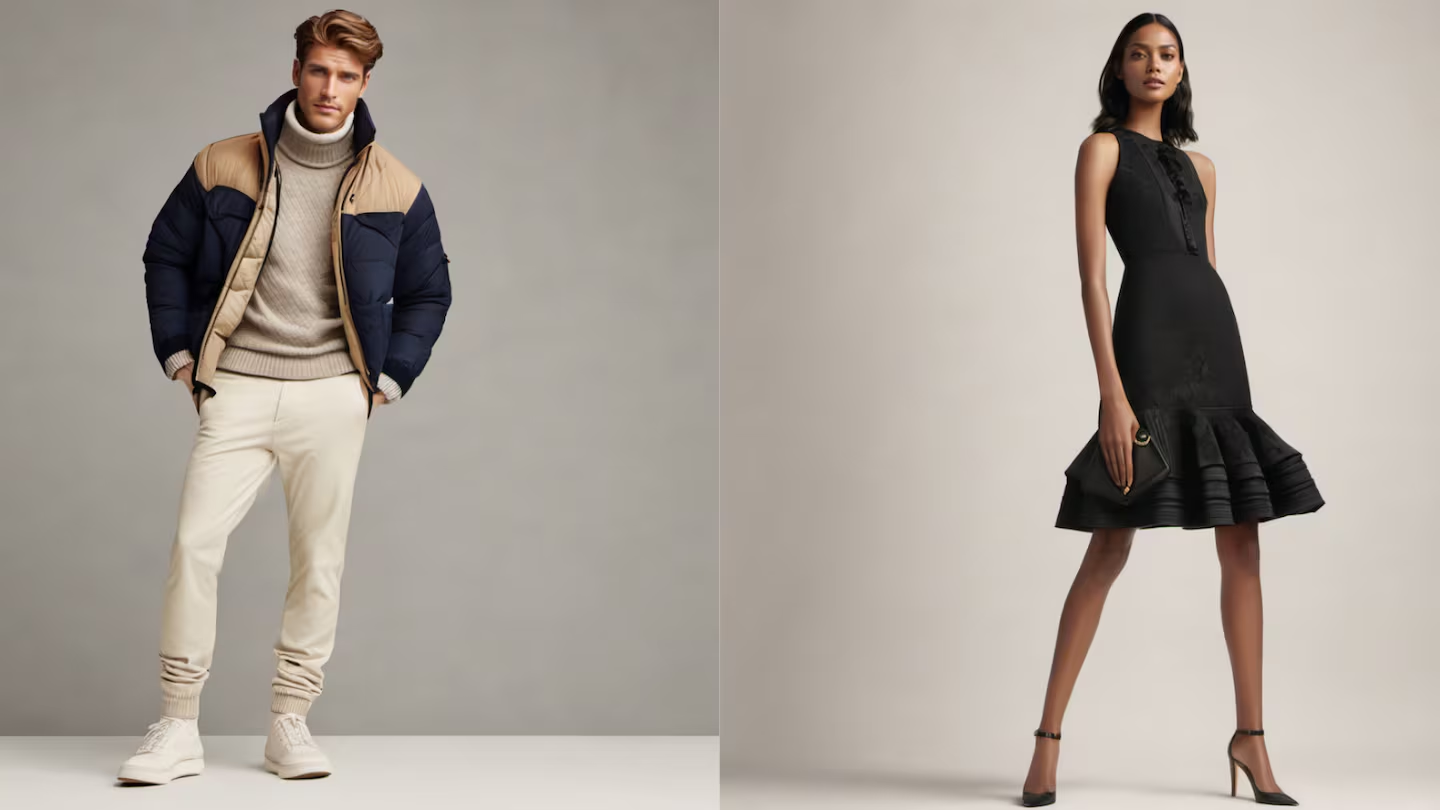In today’s fast-paced digital world, the quest to keep a brand always in the spotlight is both a science and an art. Brands like Apple, Nike, and Coca-Cola don’t just sell products; they sell experiences, lifestyles, and even status. These brands have mastered the art of remaining relevant, resonating with diverse audiences, and consistently leading the cultural conversation. But what exactly is the secret behind a brand that is always trending?
This article delves into the multifaceted strategies, philosophies, and innovations that help brands stay not just visible, but essential in a world where consumer attention is fleeting and competition is fierce.
1. Understand Your Audience Inside Out
The foundation of any brand that’s constantly trending lies in its deep understanding of its target audience. It’s not enough to simply know demographics; successful brands invest time, money, and effort into genuinely understanding their customers’ desires, aspirations, and even fears.
Segmentation and Data-Driven Insights
Through extensive market research, brands gather insights from social media, surveys, focus groups, and customer behavior data to segment their audiences into meaningful groups. This data allows for hyper-targeted messaging, personalized experiences, and tailored product offerings that speak directly to each segment.
Take Nike, for example. Their success isn’t just about shoes—it’s about positioning themselves as a catalyst for personal achievement and empowerment, whether that’s through their products or their messaging. Nike’s marketing campaigns frequently tap into the emotional aspect of athleticism, and they create a sense of community that resonates across different demographic groups.
2. Create an Irresistible Brand Identity
A brand’s identity is more than just a logo or color scheme; it’s the emotion, values, and personality the brand embodies. The strongest brands in the world have crafted an identity that is instantly recognizable, resonates emotionally, and is consistent across all platforms.
Visual Consistency and Design
A simple logo or cohesive color palette can be the difference between a forgettable brand and an iconic one. Take Apple, for example. From their minimalist logo to their sleek product designs, every visual element of Apple speaks to their core value of simplicity and elegance. This consistent visual language helps create a sense of familiarity and trust.
Voice and Tone
A brand’s tone of voice is just as important as its visual design. Whether playful, authoritative, or friendly, the tone must match the expectations of the audience and reflect the brand’s core values. Coca-Cola, for example, has built a brand identity that is synonymous with happiness, nostalgia, and shared moments. Their messaging evokes emotions and creates a sense of togetherness, whether through a simple advertisement or a social media post.
3. Embrace Social Media Trends, But Stay Authentic

Social media is a powerful tool for staying relevant, but it requires a delicate balance. Brands need to tap into popular culture and trending topics without losing sight of who they are.
Real-Time Marketing
Brands that trend often are those that can adapt quickly to current events, pop culture moments, or viral trends. Wendy’s, for example, is renowned for its witty and often sassy social media presence. Their ability to engage with real-time events—whether through memes or clever comebacks—keeps them front and center in the conversation.
However, it’s crucial that brands don’t just jump on every trend that comes their way. While it can be tempting to chase viral moments, staying true to the brand’s core identity and values is essential. A tone-deaf attempt to co-opt a viral trend can have the opposite effect, making the brand seem inauthentic or out of touch.
4. Offer Innovation Without Losing Your Core
One of the most significant challenges for any brand is maintaining relevance over time. Consumer needs, preferences, and technology constantly evolve, and brands must innovate to stay ahead. However, true success lies in balancing innovation with the brand’s core values.
Continuous Product Evolution
Brands like Apple and Tesla are constantly innovating, whether it’s through new product features, improved designs, or even entirely new product categories. But they never lose sight of their brand’s essence—Apple remains the epitome of simplicity and user-friendliness, while Tesla is committed to sustainability and high performance.
Rethinking the Customer Experience
Beyond the product itself, the customer experience has become a critical element of innovation. Amazon revolutionized shopping with its focus on convenience, speed, and personalization. The seamless integration of AI and data analytics allows Amazon to predict what customers want before they even know it themselves.
5. Leverage Influencer and Celebrity Partnerships
In the age of social media, influencers and celebrities hold immense sway over consumer behavior. Strategic partnerships with influential figures can give a brand a significant boost, driving both awareness and sales.
Influencer Marketing
Brands like Fashion Nova and Gymshark have capitalized on influencer marketing to skyrocket to success. These brands use social media influencers to promote their products, often resulting in viral campaigns. By choosing the right influencers who align with their brand values, they are able to tap into niche markets and build strong, loyal communities.
Celebrity Endorsements
Similarly, celebrity endorsements have long been a powerful way for brands to stay trending. Whether it’s Michael Jordan’s partnership with Nike or Beyoncé’s collaboration with Adidas, these high-profile endorsements infuse the brand with prestige and cultural relevance.
6. Create a Sense of Urgency and Scarcity
Scarcity is a powerful psychological trigger, and successful brands have learned to leverage it to their advantage. Whether through limited-edition products, flash sales, or exclusive experiences, creating a sense of urgency can drive demand and keep consumers coming back.
Limited-Edition Drops
Fashion brands like Supreme and Off-White have built their entire business models around scarcity. By releasing limited-edition items that are often only available for a short time, they create a frenzy around their products. This sense of exclusivity has turned these brands into cultural icons, even though they produce products in small quantities.
Time-Sensitive Offers
Brands like H&M or ASOS also utilize flash sales and time-limited promotions to encourage customers to act quickly. This tactic plays into the FOMO (fear of missing out) psychology, which can lead to a spike in purchases, especially when combined with well-timed social media promotions.
7. Storytelling That Resonates on a Personal Level

Storytelling is one of the most powerful tools a brand can use to connect with its audience. The most memorable brands don’t just sell a product—they sell a story that resonates with their customers’ lives and emotions.
Purpose-Driven Branding
Brands like Patagonia and Toms have built their reputations on their commitment to social and environmental causes. By aligning with causes that resonate with their target audience, they not only appeal to consumers’ values but also create a deep emotional connection.
Brand Narratives
A compelling brand story creates a connection that goes beyond the product itself. Take Nike’s “Just Do It” campaign—it’s not just about selling athletic shoes, but about selling the idea of overcoming obstacles, pushing limits, and achieving greatness. The brand’s narrative creates a sense of belonging for customers, making them feel like they are part of something larger than themselves.
8. Adaptability to Changing Markets
One of the key factors that differentiate brands that stay trending from those that fade away is their ability to adapt to changing market conditions. Whether it’s economic shifts, technological innovations, or shifts in consumer behavior, successful brands stay agile and responsive.
Agile Marketing
The rise of digital marketing has made it easier than ever for brands to pivot quickly. Agile marketing allows brands to test and iterate campaigns in real-time, adjusting strategies based on consumer feedback and data. This responsiveness helps them stay ahead of trends rather than react to them after the fact.
Global Reach with Local Relevance
Global brands like McDonald’s have mastered the art of adapting their offerings to local tastes while maintaining their core identity. By understanding regional preferences and tailoring their products to fit, they manage to stay relevant in diverse markets while maintaining a universal appeal.
9. Consistent Quality and Customer Satisfaction
Finally, no brand can maintain its trending status without delivering on its promises. Quality products, excellent customer service, and an unwavering commitment to consumer satisfaction are the foundation of any successful brand.
Word of Mouth and Brand Loyalty
A satisfied customer is a brand’s best ambassador. Positive word of mouth, whether online or offline, can help a brand maintain its reputation and stay relevant. Brands like Starbucks and Apple have built communities of loyal customers who not only keep coming back but also advocate for the brand in their personal networks.
Conclusion: The Fine Balance of Staying Relevant
There is no single formula for keeping a brand always trending, but the most successful brands manage to blend understanding their audience, maintaining a strong and consistent identity, adapting to cultural and technological shifts, and delivering quality in a way that resonates emotionally with consumers.
In a world where attention is increasingly scarce and fleeting, it’s about more than just staying relevant—it’s about creating experiences, narratives, and connections that feel indispensable. Brands that master these elements don’t just trend—they become part of the cultural fabric.

















































